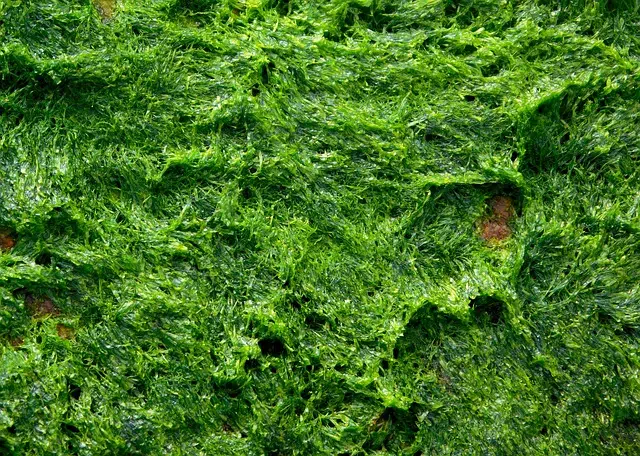
Algae are usually considered plants, although some scholars define them as protists.
Algae are plants that usually live in the aquatic environment and can be multicellular or unicellular . While some experts place algae in the group of lower plants , others place these organisms among the protists (that is, they do not consider them plants, animals or fungi).
It can be said that algae are eukaryotes since they have cells that have a true nucleus. They are also phototrophic beings: they have the ability to use the sun's rays as an energy source. These organisms lack, however, organs and tissues.
Characteristics of algae
Most algae feed exclusively autotrophically , synthesizing the substances they require to survive through non-organic elements (in this case, sunlight). However, some species also resort to heterotrophic feeding.
The specialty of botany focused on the analysis of algae is called phycology , although it is also often referred to as algology . It should be noted that, among the multiple genera of algae, there are several that are used by humans in different contexts.

Algae usually live in the aquatic environment.
Its use in gastronomy
There are algae that are used as food. Red algae of the genus Porphyra , for example, are known as nori and are frequently used in Japanese cuisine. Generally these seaweed are dried and cut into strips so that they can be used in making sushi , rolling fish and rice.
One of the reasons why seaweed is very popular in the field of gastronomy is that it has interesting nutritional properties . In addition, they can be used in many ways and the list of dishes in which they are used is truly endless, given that it is an ingredient of great importance in Chinese, Korean, Norwegian, Irish and Icelandic cuisine, in addition to the aforementioned Japanese cuisine. .
Exploitation and use of algae
It is worth mentioning that the number of algae species recognized by humans exceeds 25,000; However, only a small fraction of them can be marketed for gastronomic use. Broadly speaking, we can say that they have a considerable content of vitamins and minerals (such as magnesium, calcium, iron, iodine, potassium and phosphorus). Some of them also provide a high protein value, which is why they often appear in vegetarian dishes.
Although large supermarket chains have some species of algae among their food products, the stores where there is usually a wide variety are herbalists, or anyone that is specifically dedicated to meeting the nutritional needs of vegans .
Algae can also be used for the production of biofuels , fertilizers and cosmetic products . At an industrial level, they are included in different processes.
Forms of marketing
Regarding the way in which they are sold, seaweed can come in powder, dehydrated, canned or fresh , and the price varies considerably from one case to another.
The method of use of each one is also different. For example, before using seaweed that is sold fresh, we must make sure to remove all the salt; To do this, you have to immerse them in water and stir, a procedure that we must repeat three times. Having completed this step, we can proceed to cook them in boiling water (note that the time needed for each species is different). Finally, we must drain them and add them to the preparation; It is important to note that water can be reused.
On the other hand, there are dehydrated seaweeds, which are usually sold in small pieces, easy to add to soups and stews . It is enough to add them with enough time for them to hydrate, since they do not require any special treatment. If we want to use them to complement other dishes, but not cook them along with the other ingredients, then we can leave them in cold water for a while.
